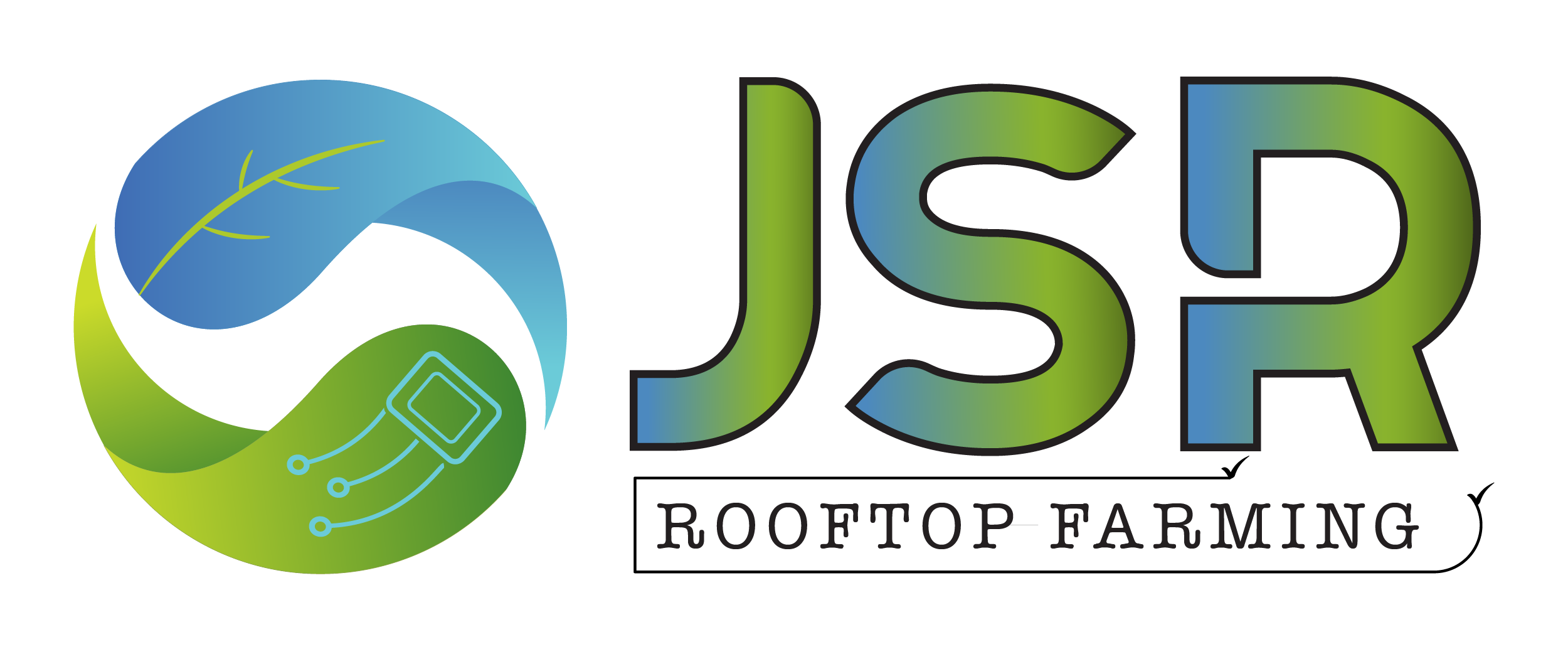Understanding Papillon Lefevre Syndrome: Causes and Symptoms
Papillon Lefevre Syndrome is a rare genetic disorder characterized by a combination of skin and dental abnormalities. This condition is inherited in an autosomal recessive manner, meaning both parents must carry the defective gene for a child to be affected. The syndrome is caused by mutations in the CTSC gene, which encodes the enzyme cathepsin C. This enzyme is crucial for the proper function of certain immune cells. Its deficiency leads to the various manifestations of the disease, including severe periodontitis and palmoplantar keratoderma. These symptoms often begin in early childhood, leading to the premature loss of primary teeth and, subsequently, adult teeth if not managed properly.
The hallmark symptoms of Papillon Lefevre Disease include hyperkeratosis of the palms and soles, which can sometimes extend to the elbows and knees. This thickening of the skin is not only aesthetically concerning but can also be uncomfortable for those affected. Periodontal issues, on the other hand, are more concerning due to their impact on oral health. The aggressive periodontitis associated with the syndrome often results in inflamed gums, bone loss, and ultimately, tooth loss if not treated. Additionally, individuals may experience increased susceptibility to infections due to compromised immune function.
Diagnosis of Papillon Lefevre Syndrome often involves genetic testing to confirm the presence of CTSC mutations, alongside clinical evaluation of symptoms. Multidisciplinary management is crucial, involving dermatologists, dentists, and specialists in chiropody to address the broad spectrum of symptoms. Recent approaches to treatment have explored the use of guanfacine hydrochloride and even croconazole as potential therapeutic options to manage the skin manifestations and support the immune system. Early intervention and comprehensive care are key in improving quality of life and preserving oral health for those affected by this challenging condition.
Guanfacine Hydrochloride: Exploring Its Role in Treatment
In the realm of dermatological and systemic treatment strategies, Guanfacine Hydrochloride has emerged as a compound of considerable interest. Traditionally recognized for its application in managing attention deficit hyperactivity disorder (ADHD) and hypertension, this medication’s versatility extends far beyond its initial uses. Within the context of Papillon Lefevre Disease (PLD), a rare genetic disorder characterized by periodontitis and hyperkeratosis of palms and soles, Guanfacine Hydrochloride is being reconsidered as a potential adjunctive therapy. Its anti-inflammatory properties may offer relief by modulating immune responses that underlie some of the manifestations of PLD, providing a novel approach to a complex condition.
The incorporation of Guanfacine Hydrochloride into treatment protocols for Papillon Lefevre Disease aligns with a broader interest in repurposing known medications for new therapeutic purposes. Discover safe sildenafil dosage for effective results. Understand correct usage and seek guidance. You can buy viagra india online with fast shipping. Prioritize health by consulting healthcare professionals before use. This strategy leverages the existing pharmacokinetic and safety profiles of such drugs, potentially accelerating their approval for additional indications. When used in conjunction with conventional methods like chiropody, which addresses the cutaneous symptoms through mechanical and palliative foot care, and emerging topical treatments such as croconazole, there is an enhanced potential to holistically address both systemic and local symptoms of the disease. This integrated approach underscores the importance of multi-faceted treatment plans in managing genetic disorders.
In exploring the benefits of Guanfacine Hydrochloride for PLD, researchers are diving into a deeper understanding of its mechanism of action. The drug’s ability to target alpha-2 adrenergic receptors could potentially ameliorate systemic symptoms by stabilizing the immune response and reducing inflammation, factors crucial to mitigating the disease’s progression. While the specific pathways remain under investigation, preliminary results suggest a promising avenue for further study and clinical trials. As such, the dialogue surrounding Papillon Lefevre Disease treatment continues to evolve, with Guanfacine Hydrochloride playing a pivotal role in the ongoing quest for effective therapies.
Chiropody’s Potential Impact on Managing Papillon Lefevre Symptoms
Chiropody, the branch of medicine dedicated to foot care, presents a promising avenue for managing the symptoms of Papillon Lefevre Disease, a rare genetic disorder characterized by periodontitis and palmoplantar keratoderma. The relentless progression of skin and dental symptoms often demands a multidisciplinary approach, and chiropody can play a crucial role in alleviating the severe foot complications that arise. By addressing hyperkeratosis and offering tailored treatments, chiropodists can significantly improve the quality of life for those affected. Regular foot care, including the debridement of thickened skin and the application of emollients, can help reduce discomfort and prevent secondary infections, which are a common concern in Papillon Lefevre patients.
The integration of chiropody into the management plan for Papillon Lefevre Disease involves several strategies that target the dermatological manifestations of the condition. Key among these is the use of topical treatments, such as croconazole, to manage fungal infections that often accompany the skin thickening. Additionally, chiropodists can offer orthotic interventions to redistribute pressure and minimize callus formation, a frequent issue for patients. Beyond these treatments, chiropody also emphasizes patient education, equipping individuals with the knowledge to perform effective self-care and recognize early signs of complications, thereby preventing exacerbation of symptoms.
As the therapeutic landscape for Papillon Lefevre Disease evolves, the inclusion of emerging pharmaceutical options like guanfacine hydrochloride may further enhance the benefits of chiropodial care. Research is exploring the potential for guanfacine hydrochloride to address systemic symptoms and offer a new dimension of relief. Together, these treatments form a comprehensive plan that prioritizes not only the alleviation of current symptoms but also the prevention of future complications. By leveraging the expertise of chiropodists, healthcare providers can offer a holistic approach that underscores the importance of specialized foot care in the management of Papillon Lefevre.
- Regular foot care and debridement of hyperkeratosis
- Use of topical antifungals like croconazole
- Orthotic interventions for pressure redistribution
- Patient education for effective self-care
- Exploration of guanfacine hydrochloride for systemic relief
Information taken from:

